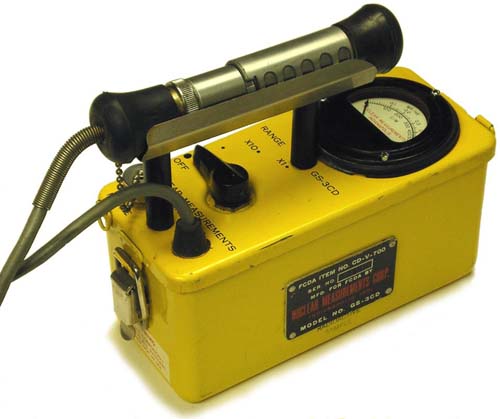AMAZON multi-meters discounts AMAZON oscilloscope discounts
Intro:
Human beings historically have had short life spans due to infectious diseases, wars, and natural disasters. Life spans have lengthened considerably in the last century, thanks to improvements in hygiene, medicine, and nutrition. The longer life span, however, has led to a dramatic increase in health care costs and increased efforts to deal with chronic diseases. Further progress in medicine and confinement of exploding health care costs can be expected only with advances in technology, in particular for radiation detectors and front-end electronics.

Among all imaging modalities, those based on ionizing radiation are of primary importance. X-ray-based examinations that include mammography, lung imaging, and computed tomography (CT) scans are used routinely in medical offices world wide. Single photon emission (SPECT) and positron emission topography (PET) are becoming increasingly popular in nuclear medicine applications in hospitals and large medical practices.
In addition to medical imaging, this book also addresses the applications of radiation detection in other areas, particularly in the rapidly growing field of security applications. Luggage scanning, dirty bomb detection, space missions, nuclear plants, and high energy physics experiments are just a few examples of system applications that utilize x-ray and gamma-ray detection.
Despite different principles of operation among those applications, there are numerous commonalities in the signal processing of signals received by radiation detectors: signal amplification, filtering, multiplexing, and analog-to-digital con version (ADC). These hardware commonalities among imaging techniques merit the inclusion of all related knowledge and know-how into one publication. After all, equipment for radiation detection that encompasses x-ray, CT, nuclear medicine (SPECT/PET), and security/military uses is a several billion-dollar market that offers tremendous opportunities to integrated circuit (IC) designers.
The guide is written by top-notch international experts in industry and academia.
The intended audience is practicing engineers with some electronics background.
The guide might also be used as supplementary material in a graduate course curriculum. I sincerely hope that this guide will help improve the understanding of radiation detection electronics and stimulate further interest in the development and use of this equipment to benefit us all.
Article Index:
- The Future of Medical Imaging--Understanding Our True Limitations
- (coming soon) Detector Front-End Systems in X-Ray CT: From Current-Mode: Readout to Photon Counting
- (coming soon) Photon-Counting Energy-Dispersive Detector Arrays for X-Ray Imaging
- (coming soon)
Reference:
biodex.com - nuclear-medicine - products - radiation-detection